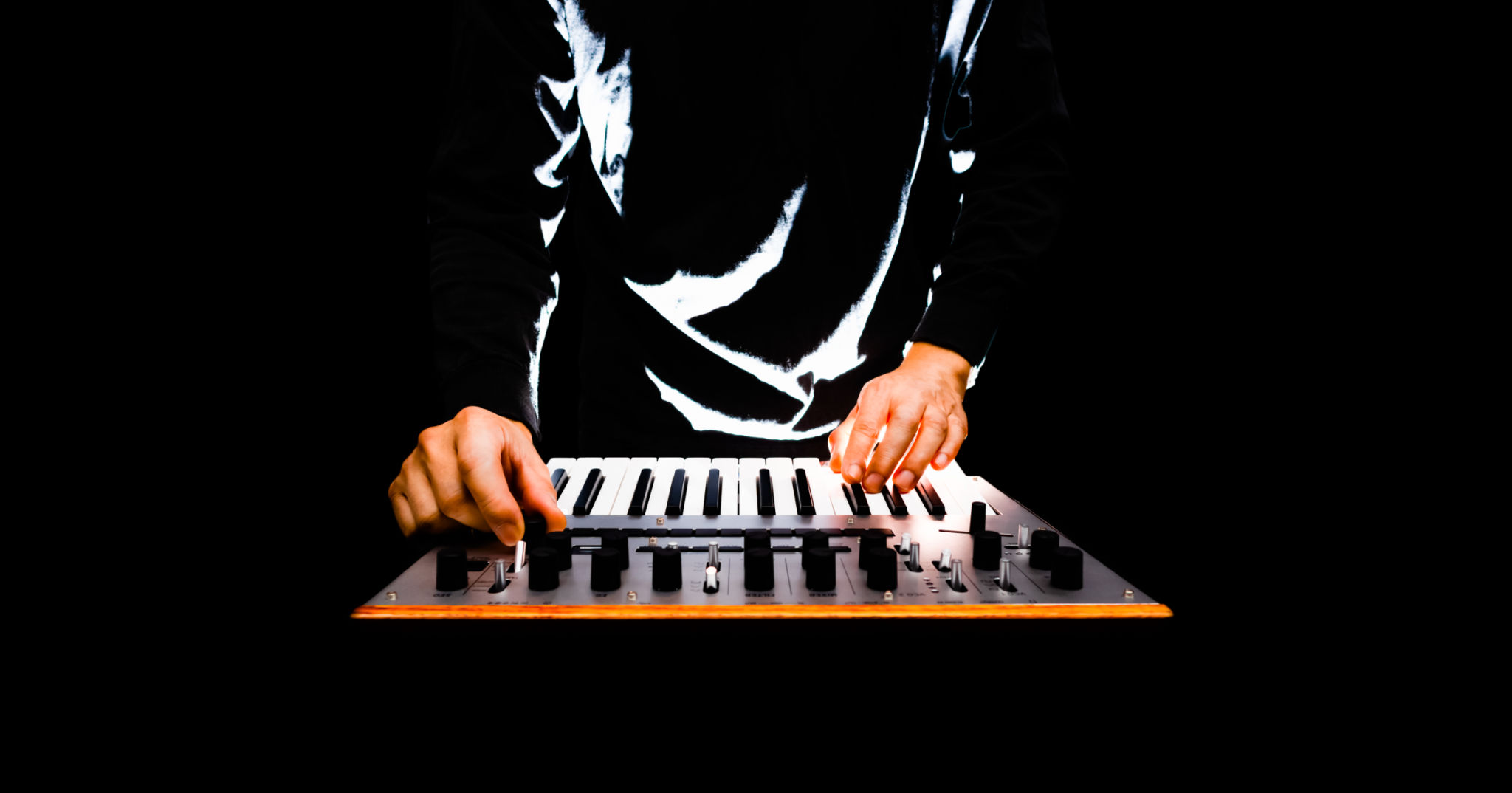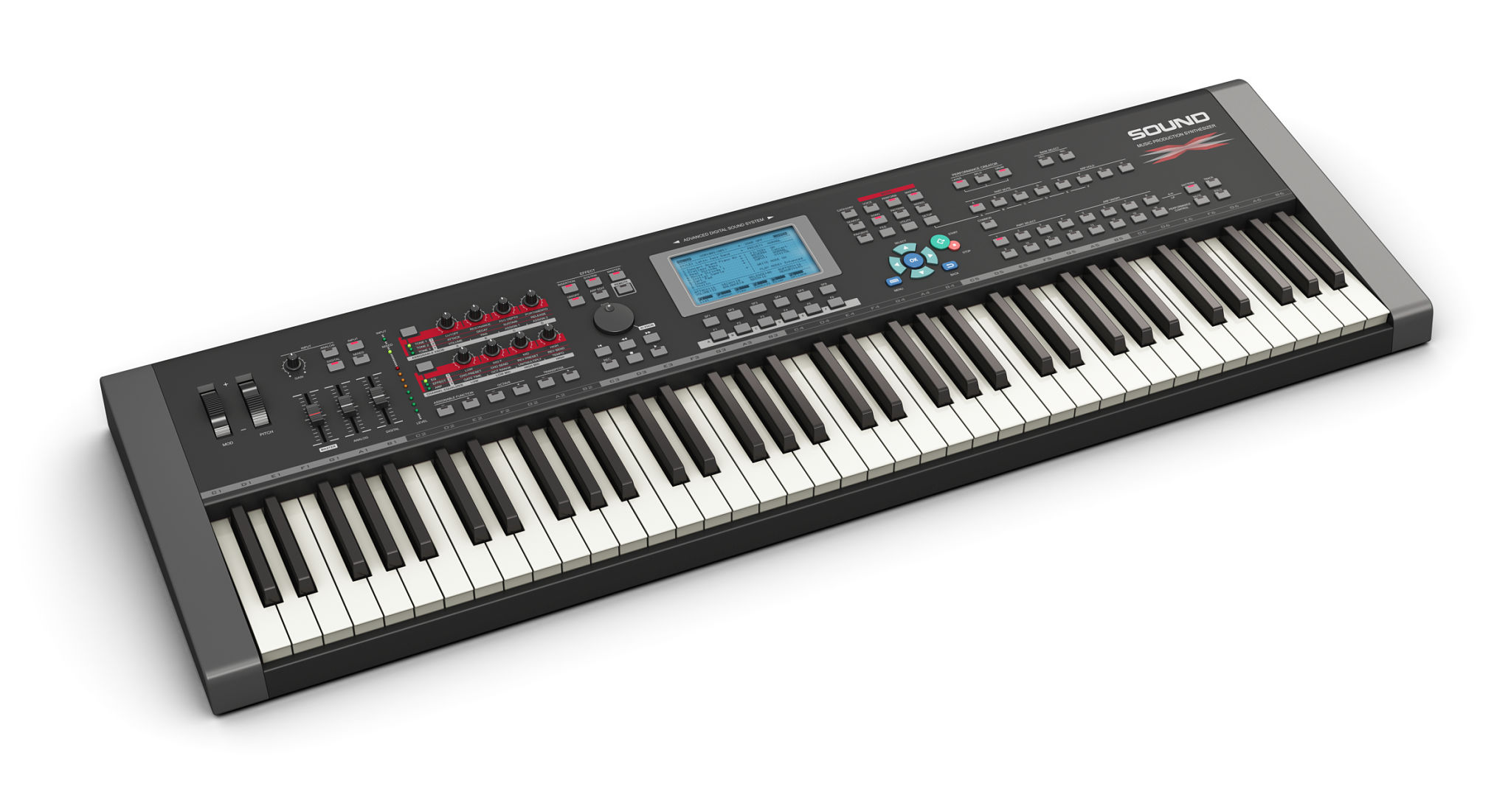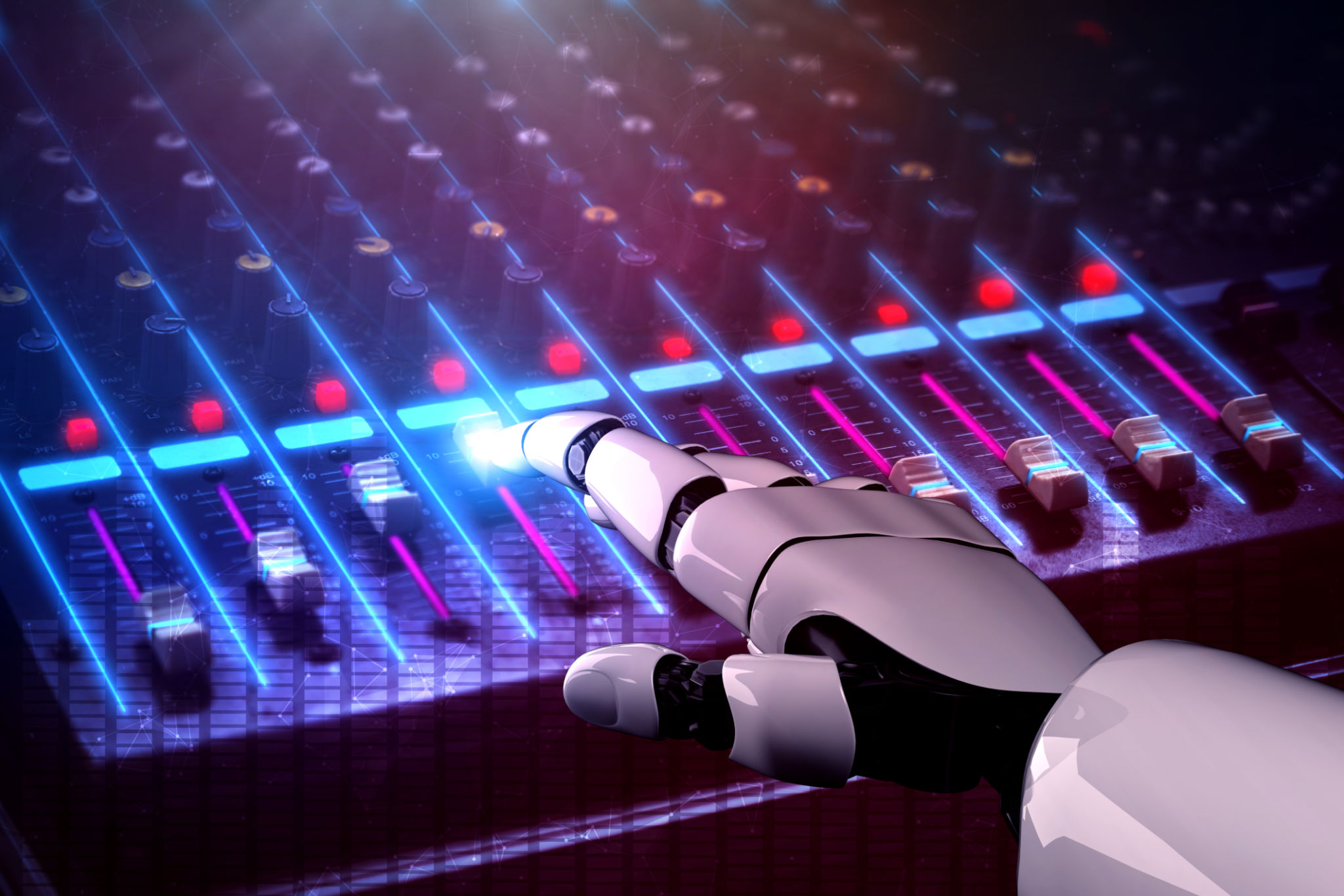Exploring the Evolution of Electronic Arts in Music
The Birth of Electronic Arts in Music
The intersection of music and technology has given rise to a fascinating evolution known as electronic arts in music. This genre, which began to take shape in the mid-20th century, has seen incredible transformation over the decades. From the early experiments with electronic sound to the sophisticated digital compositions of today, electronic arts have continuously redefined the boundaries of musical expression.
The origins of electronic music can be traced back to innovators like Karlheinz Stockhausen and Pierre Schaeffer. These pioneers experimented with tape loops and synthesized sounds, creating compositions that sounded like nothing else at the time. Their groundbreaking work laid the foundation for what would become a major movement in the music industry.

The Rise of Synthesizers and Digital Instruments
The 1970s and 1980s marked a significant period for electronic music, characterized by the rise of synthesizers and digital instruments. Brands like Moog, Roland, and Korg began producing instruments that allowed musicians to create complex sounds with relative ease. The accessibility of these instruments led to an explosion of creativity, resulting in new genres such as synth-pop and electronic dance music (EDM).
During this time, artists like Kraftwerk and Jean-Michel Jarre became household names, pushing electronic music into mainstream consciousness. Their innovative use of synthesizers not only redefined how music was produced but also how it was perceived by audiences worldwide.

The Digital Revolution and Its Impact
The digital revolution of the late 1990s and early 2000s further transformed the landscape of electronic arts in music. Advances in computer technology made it possible for artists to produce high-quality music from their home studios. Software like Pro Tools, Ableton Live, and FL Studio provided musicians with powerful tools to craft intricate compositions with unprecedented precision.
This democratization of music production led to a surge in independent artists exploring electronic music. Platforms like SoundCloud and Bandcamp emerged, offering these artists a way to share their creations with a global audience without the need for traditional record labels.

Integration of AI and Machine Learning
In recent years, artificial intelligence (AI) and machine learning have started to play a significant role in the evolution of electronic arts in music. AI-powered tools are now capable of generating music compositions, aiding artists in finding new creative directions. These technologies allow musicians to experiment with novel soundscapes and automate aspects of production that were previously labor-intensive.
Furthermore, AI is being used to analyze vast libraries of music, helping artists identify trends and predict future hits. This integration of technology is not only enhancing the creative process but also reshaping how audiences consume and interact with music.

The Future of Electronic Arts in Music
Looking ahead, the future of electronic arts in music appears incredibly promising. As technology continues to advance, new possibilities for creativity and collaboration are emerging. Virtual reality (VR) and augmented reality (AR) are beginning to offer immersive musical experiences that were once relegated to science fiction.
Moreover, blockchain technology is being explored as a means to revolutionize how artists control and monetize their work. By providing new ways to secure ownership and distribute royalties, blockchain could empower musicians in unprecedented ways.
As we continue to explore the evolution of electronic arts in music, one thing remains clear: the fusion of technology and creativity will continue to push the boundaries of what is possible, inspiring new generations of artists and audiences alike.
